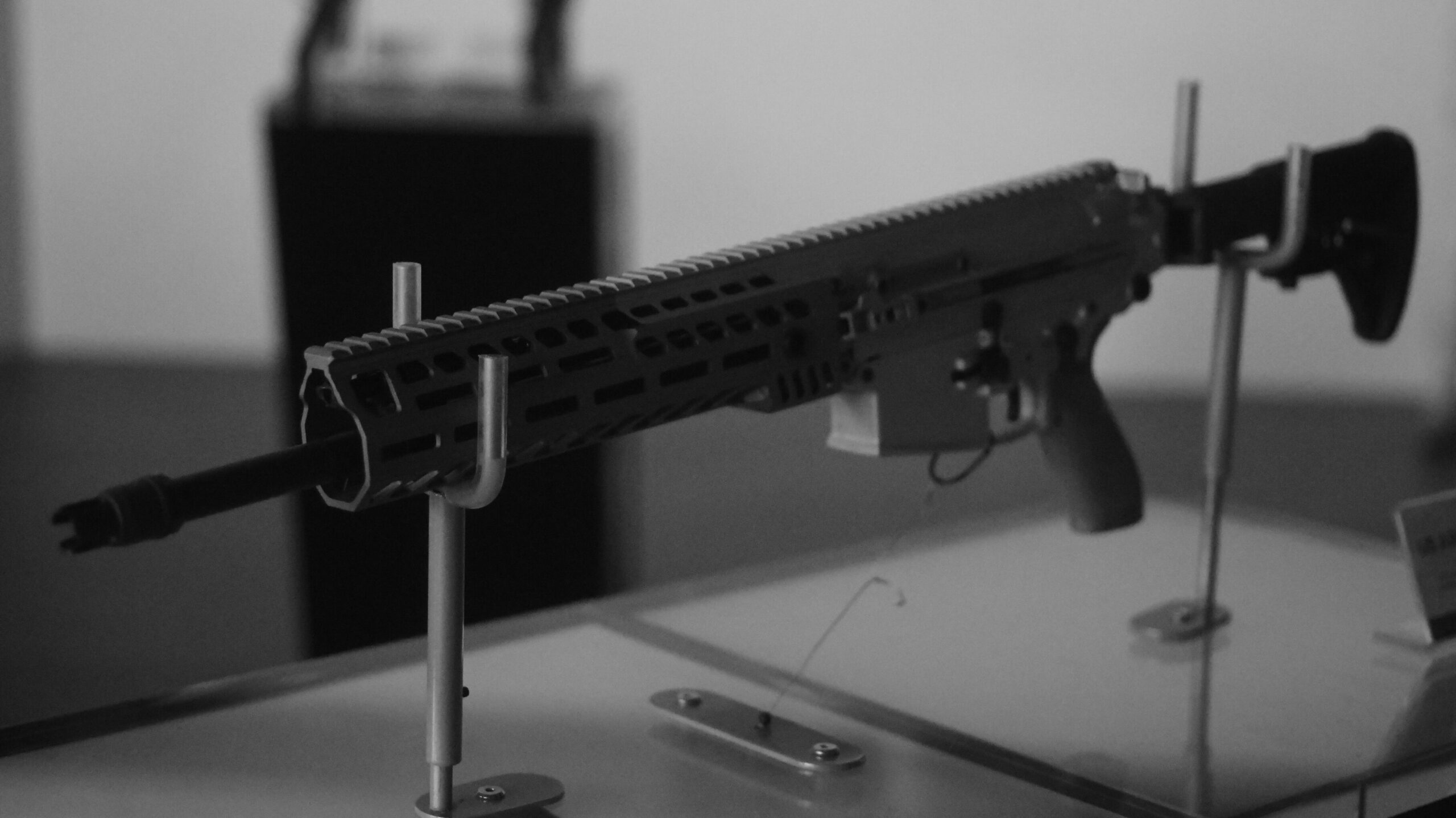
What is the SIG Sauer XM5 NGSW?
SIG was a Swiss arms manufacturer that had produced ordinance since 1864. In 1976, SIG partnered with German J.P. Sauer & Sohn to form SIG Sauer GmbH in response to tightening Swiss export laws. US based SIGARMS, which became SIG Sauer, inc, was founded in 1985. Originally an importer for SIG Sauer GmbH, SIG Sauer, inc has gone on to design many of their own firearms including the new US Army XM5 Next Generation Squad Weapon (NGSW). The XM5 by SIG Sauer, inc is American designed and manufactured, the only similarity between it in the original Swiss manufacturer is in name.
The Sig XM5 NGSW is based on the Sig MXC Spear pattern. At surface level, the Sig MCX Spear is to the DPMS LR308 as the smaller MCX Rattler is to the AR-15. One could describe the MCX series as new and improved AR-180s: based on the Armalite 10 & 15 platforms but with an internal recoil mechanism rather than a rear protruding buffer. The folding stock is a conceivably useful combat feature for the most extreme close quarters on the 5.5 inch barreled short range MCX Rattler in .300 Blackout, it is harder to determine when the folding stock could come in use during combat on the medium to farther range 15.3 inch barreled (with suppressor) MCX spear.
This begs the question, what does the XM5 bring to the table that a DPMS pattern rifle such as the currently fielded M110 doesn’t? The M110 and XM5 are intended for different roles, the most important difference in fulfilling them is in is their cartridge. While the M110 fires the standardized 7,62 NATO cartridge, the XM5 fires the 6,8 “common cartridge” (.277 Fury on the commercial market). The new 6,8 cartridge is lighter than 7,62 NATO and travels a slightly flatter trajectory with a slightly more energy than 5,56 NATO. An important benefit of this cartridge is that it carries significantly higher energy than an M4 out of a barrel with a similar length (which includes the length of the suppressor). The new cartridge is lighter to carry than 7,62 NATO, but has less capacity than the 5,56 M4. The cartridge is intended to fulfill both the roles of 5,56mm and 7,62mm, the diameter is an intermediary between the two. Finally, unlike 7,62 or 5,56, the 6,8 common cartridge is intended to be suppressed in regular use.
I cannot help but be reminded of the reasoning behind the development and adoption M14, combining the capabilities of the Garand and BAR (compared to trying to replace both 5,56 and 7,62 NATO with a single cartridge). Unfortunately, it seems that the the M14 compromised in both roles, but history does always repeat itself. Putting the past aside, this new cartridge has numerous advantages over the 5,56 and 7,62 NATO cartridges and may be able to, one day, simplify the Department of Defense’s supply chain by replacing both.
Some might be wondering why a more expensive SIG was chosen over simply retrofitting M110s and SR-25s or even just buying ones with new barrels to fulfill this role. At first I assumed that the gun and cartridge were simply a package deal since I am not aware of anything in .277 fury that is not made exclusively by SIG Sauer. There’s more to the story though, the M110/DPMS/SR25 design is not capable of handling the chamber pressures of the new cartridge. Considering the package deal of weapon and ammunition, this deal is attractive because SIG Sauer has proven their reliability, has a reputation for consistency, and has never gone bankrupt (unlike Colt Manufacturing USA).
The XM5 has a few new and interesting design features over the M4/M16 and M110. The gas system used is a short stoke mechanism. The handguard mounts directly to the upper receiver. Interestingly, there are two charging handles: one is a left side mounted non reciprocating and the other is simply an M4 style rear plunger. Limited information is available about the XM5’s accompanying Vortex optic, we know it is zooming and capable of calculating trajectory with range, angle, and environmental sensors. The optic also can function as a standard non computerized optic in the event of an electronics malfunction.
The US Army officially has agreed to a fixed price contract to order these XM5 rifles for the next 10 years. It is intended to replace the M4, M4A1, and presumably M4A1+ for combat soldiers engaging directly with the enemy. Under the agreement, the US Army is under no obligation to continue buying this system if the results of real world usage are not as expected. It is still early in the adoption, in due time we will receive further information about how this new platform is received by those issued it, how it performs, and how far it is proliferated.
